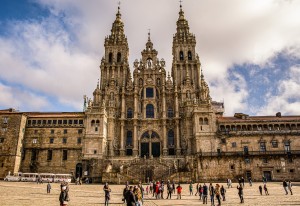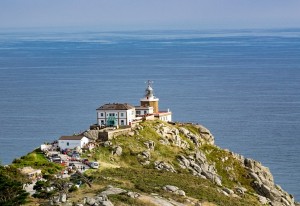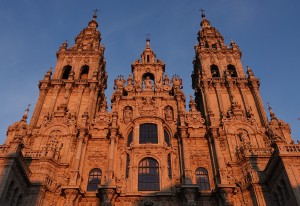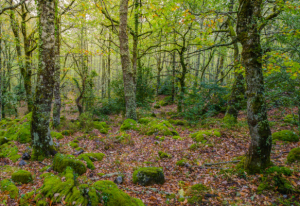Walking the Camino de Santiago remains the most classic option chosen by the majority of pilgrims heading towards Santiago de Compostela. This ancient tradition, which crosses varied landscapes and regions of Spain, offers a deeply enriching experience, both spiritually and physically. Walking the Camino is to immerse oneself in a journey of self-discovery, community, and connection with history.
Spiritual and Personal Connection
Walking the Camino de Santiago is a practice that goes beyond religion or spirituality; it is an exercise in introspection and meditation. The slow pace of walking allows pilgrims to reflect on their lives, confront their thoughts, and for many, find answers or inner peace. This personal connection is reinforced by the natural surroundings and the historical monuments along the route, creating moments of deep reflection and appreciation.
Cultural Discovery
The route offers a unique immersion into the culture and traditions of the various regions of Spain. Each day on the Camino, pilgrims experience local hospitality, regional cuisine, and artistic and architectural heritage. This cultural discovery becomes one of the most cherished aspects of the journey, providing a deeper understanding of Spanish diversity.
Physical Challenge
Although the Camino de Santiago presents physical challenges, walking it provides an unparalleled sense of achievement. Overcoming daily difficulties, long walks, and adapting to various weather conditions strengthens both body and spirit. This challenge becomes a source of personal satisfaction and a story of overcoming to share.
Community of Pilgrims
One of the most remarkable aspects of making the Camino on foot is the community that forms among the pilgrims. Sharing experiences, stories, and moments of mutual assistance strengthens unique bonds among people from all over the world. This support network and friendship are one of the reasons why many decide to undertake the Camino.
Natural Pace and Sustainability
Walking the Camino is also a sustainable way to travel. By moving on foot, pilgrims proceed at the pace of nature, reducing the environmental impact of their journey. This form of pilgrimage promotes greater ecological awareness and a deep respect for the natural environments traversed.
The Camino de Santiago on foot continues to be the essence of pilgrimage, a transformative experience that combines personal achievement, encounters with other cultures, and connection with nature. Through the centuries, this tradition has maintained its relevance, adapting to new times without losing its essence and its ability to amaze and transform those who decide to embark on it.












